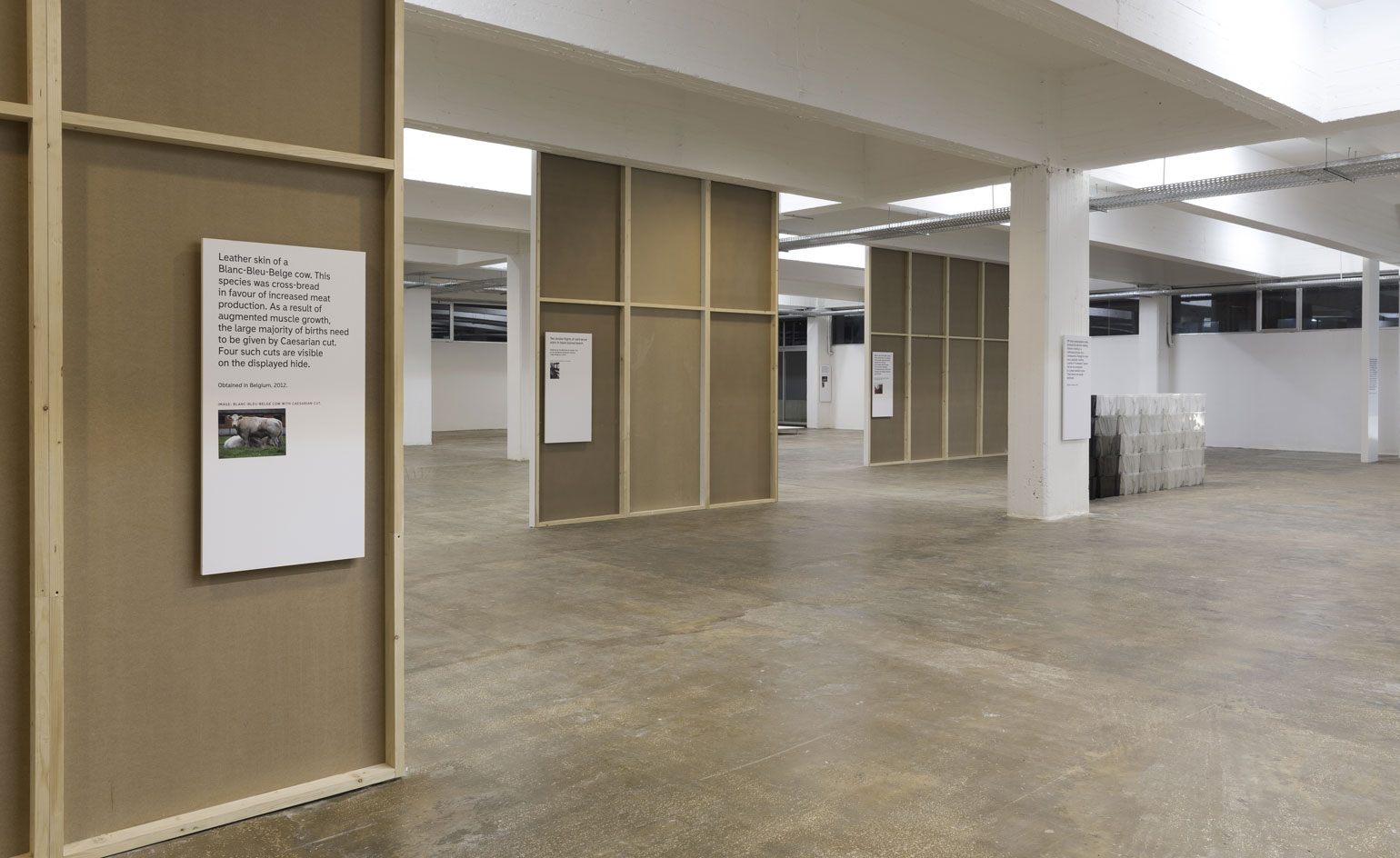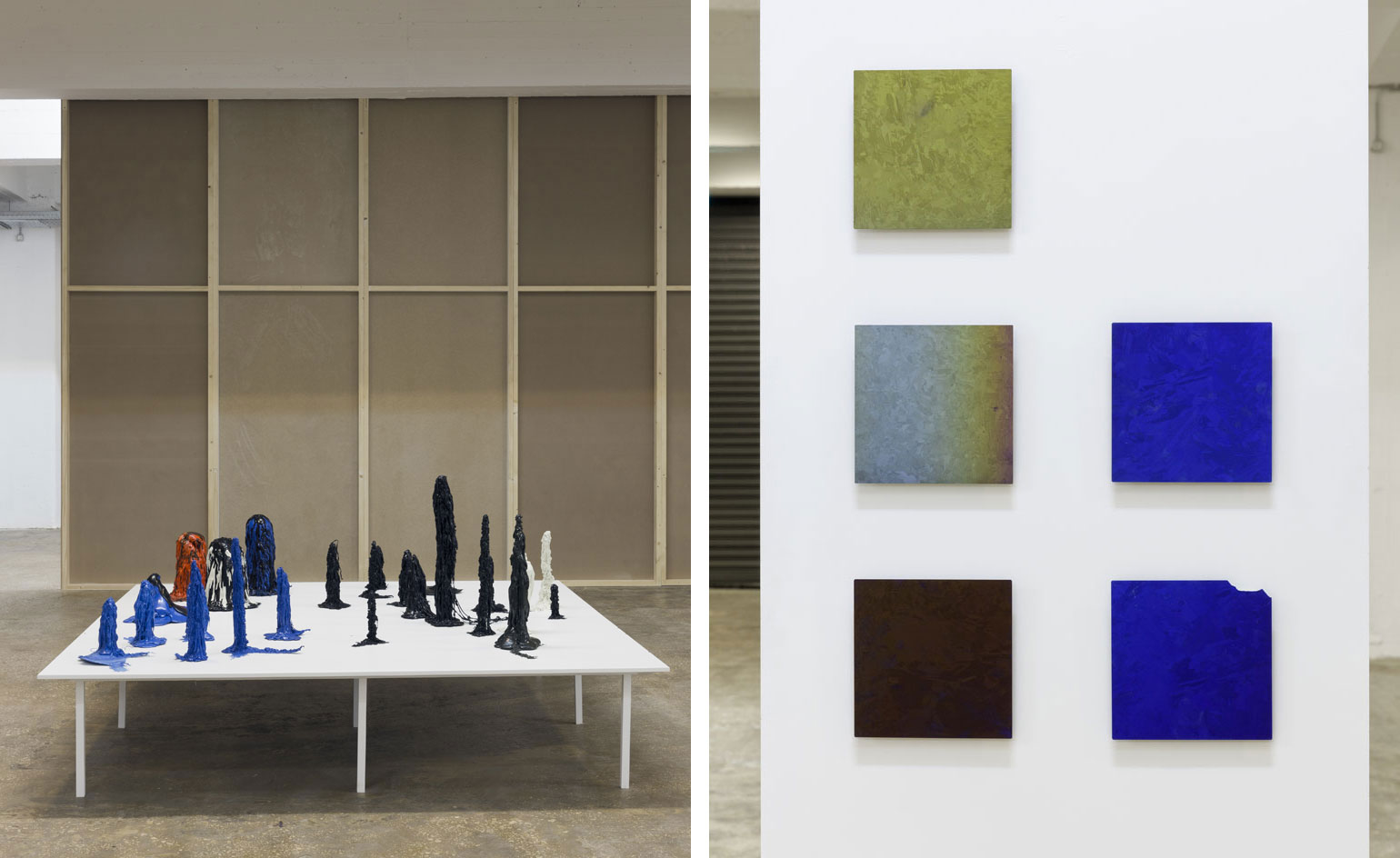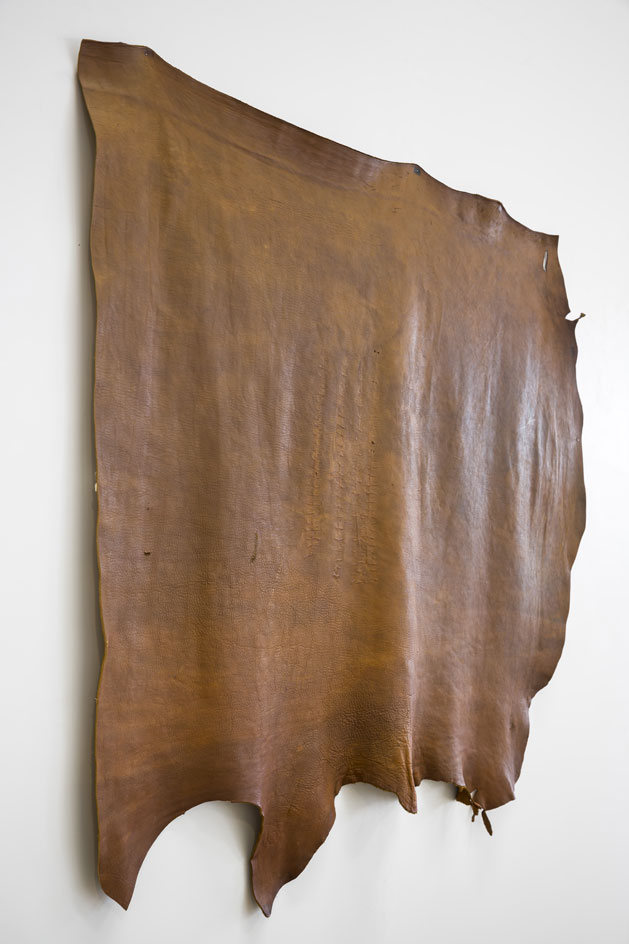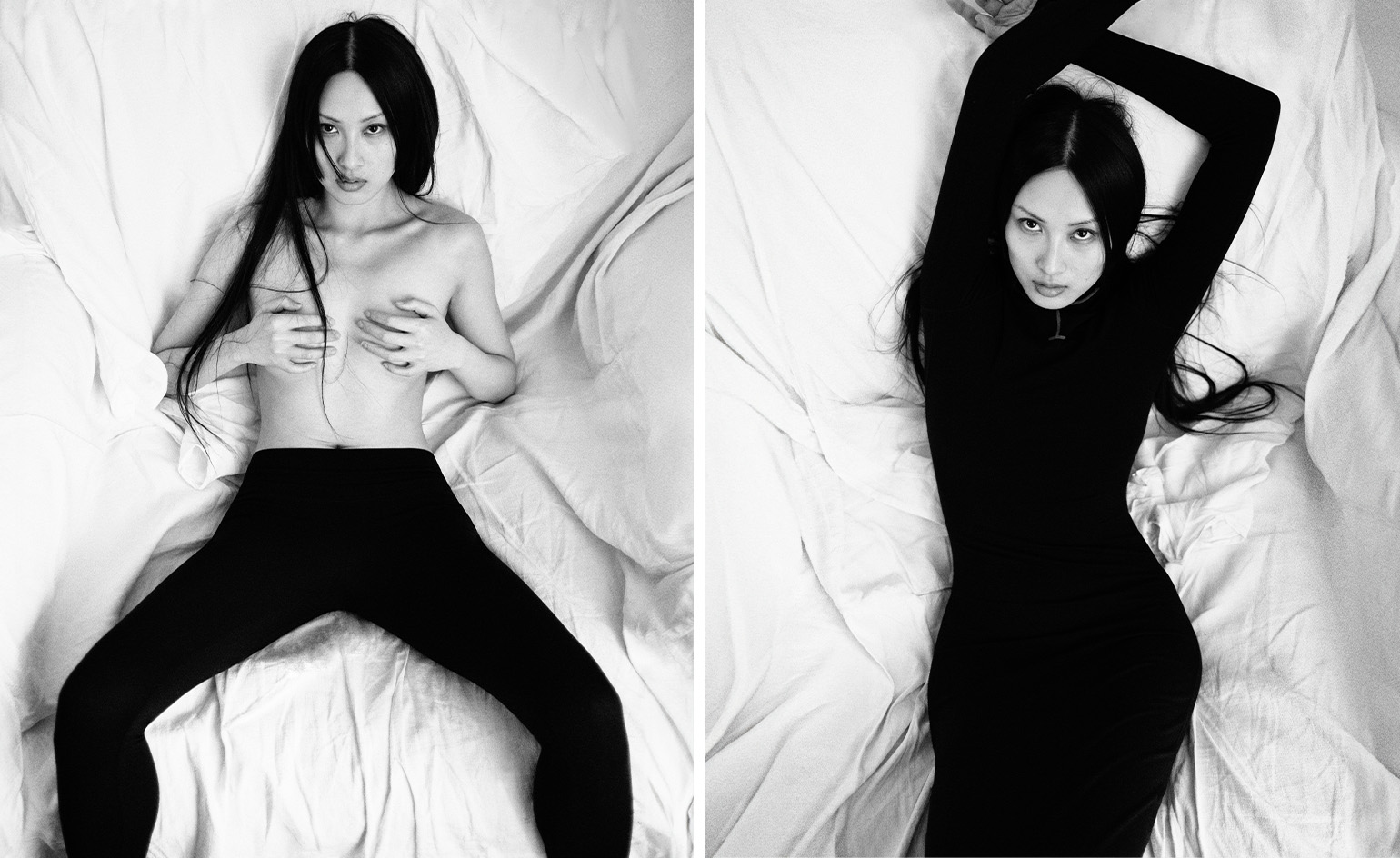Colour collective: Rotor bring a wealth of research to Beirut’s Carwan Gallery

The Greater Beirut-based Carwan Gallery presents a new exhibition by design and research collective Rotor. Titled 'purple, turquoise, pink (brown along the edges)', the show was co-curated by the gallery in collaboration with Milanese studio Actant Visuelle and presents the Belgian collective’s work on material and colour research. Over the years, the team at Rotor has collected a variety of objects, which they regularly introduce into interiors and projects to give them new life and potential.
The show gathers a wide selection of pieces, from a Belgian cow hide that speaks about meat manufacturing methods in the country to a series of panels (originally tinted in poetic pastel colours) salvaged from illegal fishermen huts in Beirut. Other items in the collection include industrial specimens that were discarded when they failed to reach production standards, or were manufacturing leftovers.
‘Machines don’t automatically produce standard products, it takes careful human orchestration to maintain such an illusion,’ reads the exhibition’s manifesto. The pieces’ beauty, shown here in their raw states, highlights the collective’s serious and almost encyclopaedic ethos. Their discreet display gives just a hint of judgment, leaving viewers to develop their own explorations of themes such as mass production, perfection and materials.
It’s a powerful collection of objects, the abstraction of which speaks louder than words, in a minimal display affording a powerful presence in the gallery’s newly opened display space.

The exhibition includes artifacts found and gathered from different sources by the collective’s members. This series of panels was salvaged from the ruins of fisherman huts in Dalieh, Beirut. The illegal huts were destroyed in 2015 by the Lebanese authorities, making way for a controversial, large scale private development on Beirut’s historical – and last remaining – public access sea front

Shown flat to enhance its scale and shape, the displays include an acrylic fibre carpet from a living room, taken from a social housing complex in Antwerp. The border of the carpet shows the former location of a chimney and a heater, while the wear on the surface illustrates the trajectories across the room, from hallway, bedroom and kitchen

The pieces’ beauty, shown here in their raw states, highlights the collective’s serious and almost encyclopaedic ethos. Their discreet display gives just a hint of judgment, leaving viewers to develop their own explorations of themes such as mass production, perfection and materials

It’s a powerful collection of objects, the abstraction of which speaks louder than words, in a minimal display affording a powerful presence in the gallery

Carwan Gallery has been a Beirut design destination since its opening in 2010

Another view of the large scale gallery display; on the right is part of a floor produced by AMO for a Prada catwalk set in 2013. ’I want to keep this for a reason,’ explains Miuccia Prada, who has been archiving all the show sets she commissioned from the Dutch firm. ’These objects, they carry a history, a meaning. I believe that objects sometimes tell more stories than people’

The back of the displays include information on each specimen’s origin

Other items in the collection include industrial specimens that were discarded when they failed to reach production standards, or were manufacturing leftovers

A series of panels displaying the colour transition of the PVC coating on a polyester backing

Pictured left: PU droolings in foamed polyurethane: these objects are made of the drippings that normally occur below the injected mold in a carrousel production line for footwear. Pictured right: samples of photovoltaic cells produced by a Belgian manufacturer that filed for bankruptcy shortly after. In a last attempt to compete with cheaper Chinese PV panels, the company experimented with submerging silicon wafers in acid baths to obtain vivid colours that were hoped to appeal to the taste of architects

Displayed on a flat surface, cut-outs from the production of bathroom tops in stone – the oval shapes are removed to make space for sinks

Obtained from a deconstruction site in Belgium, these glass panels were produced in the 1980s using three sheets of glass glued together and reinforced with a resin. With age, the resin proved less stable than anticipated, resulting in a remarkable texture. While this was never the intention of the producer, this chemical reaction is reminiscent of traditional glass blowing techniques where small bubbles of air or other chemical agents are inserted in a glass mass to create texture
Receive our daily digest of inspiration, escapism and design stories from around the world direct to your inbox.

Off-colour polyethylene cups produced by injection-molding

One of the most powerful pieces in the show is this leather skin, from a Belgian Blanc-Bleu-Belge cow. This species is crossbred to increase meat production; as a result, the majority of births need to be given by Caesarian, leaving four cuts visible on the hide
INFORMATION
’purple, turquoise, pink (brown along the edges)’ is on view until 14 November
ADDRESS
Carwan Gallery
Second floor / D factory Building BH 4852
Seaside Road
Burj Hammoud, Lebanon
Rosa Bertoli was born in Udine, Italy, and now lives in London. Since 2014, she has been the Design Editor of Wallpaper*, where she oversees design content for the print and online editions, as well as special editorial projects. Through her role at Wallpaper*, she has written extensively about all areas of design. Rosa has been speaker and moderator for various design talks and conferences including London Craft Week, Maison & Objet, The Italian Cultural Institute (London), Clippings, Zaha Hadid Design, Kartell and Frieze Art Fair. Rosa has been on judging panels for the Chart Architecture Award, the Dutch Design Awards and the DesignGuild Marks. She has written for numerous English and Italian language publications, and worked as a content and communication consultant for fashion and design brands.
-
 Winston Branch searches for colour and light in large-scale artworks in London
Winston Branch searches for colour and light in large-scale artworks in LondonWinston Branch returns to his roots in 'Out of the Calabash' at Goodman Gallery, London ,
-
 The most anticipated hotel openings of 2026
The most anticipated hotel openings of 2026From landmark restorations to remote retreats, these are the hotel debuts shaping the year ahead
-
 Is the future of beauty skincare you can wear? Sylva’s Tallulah Harlech thinks so
Is the future of beauty skincare you can wear? Sylva’s Tallulah Harlech thinks soThe stylist’s label, Sylva, comprises a tightly edited collection of pieces designed to complement the skin’s microbiome, made possible by rigorous technical innovation – something she thinks will be the future of both fashion and beauty